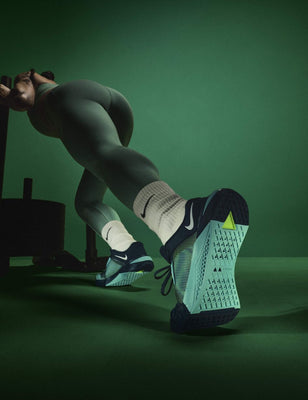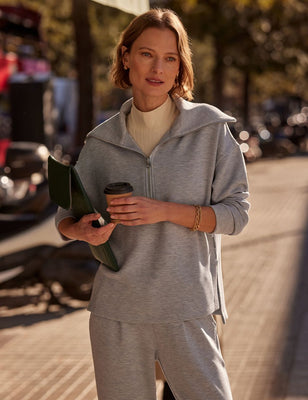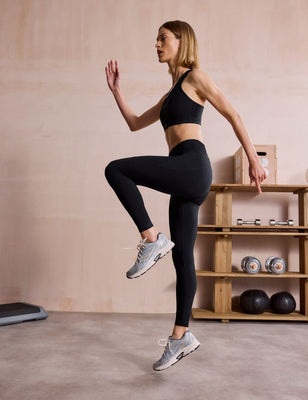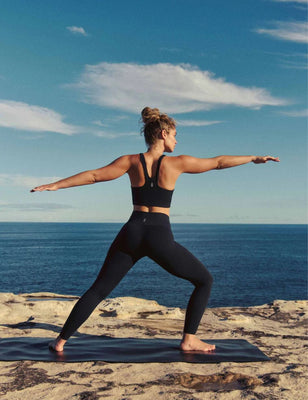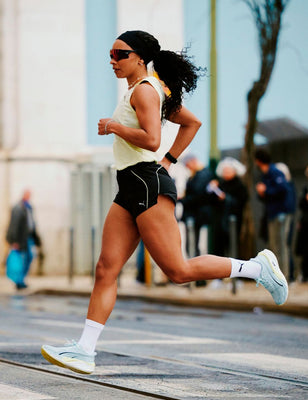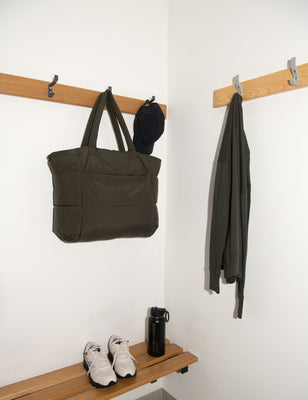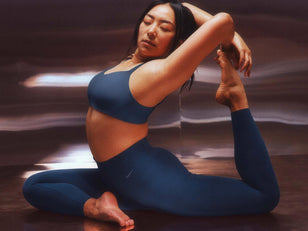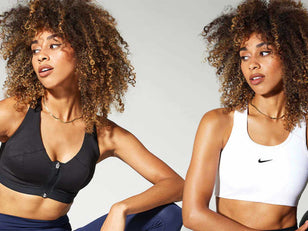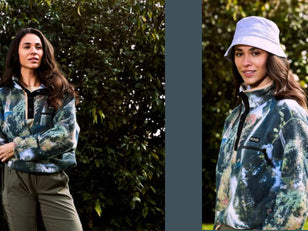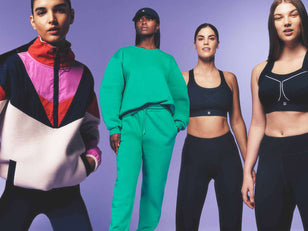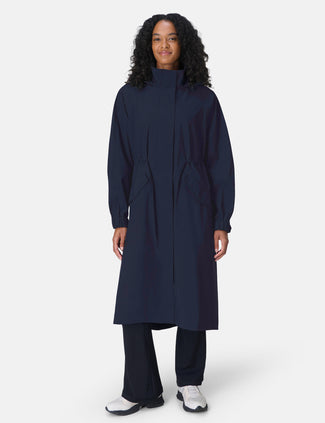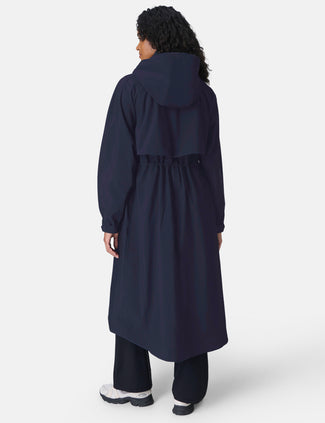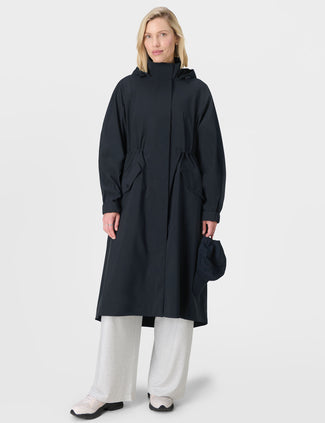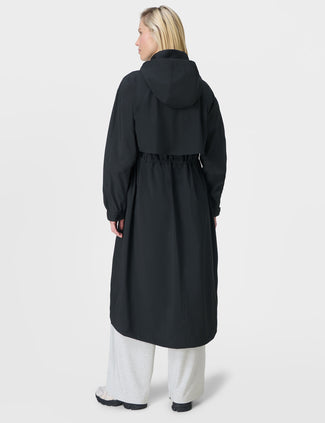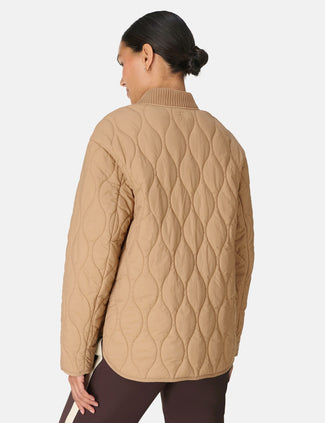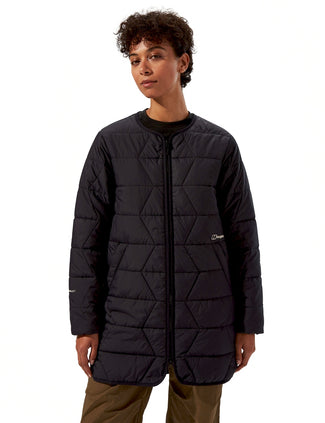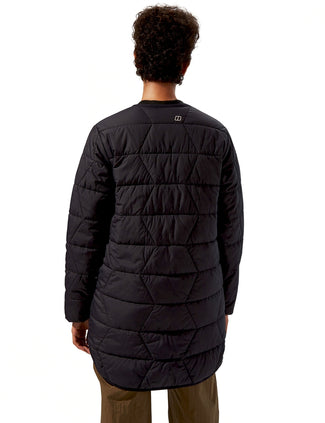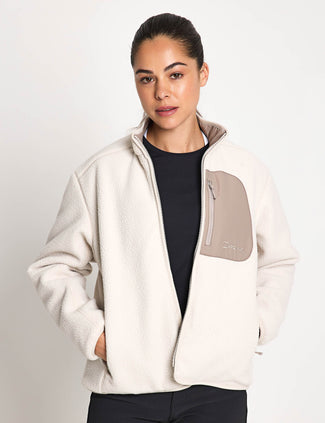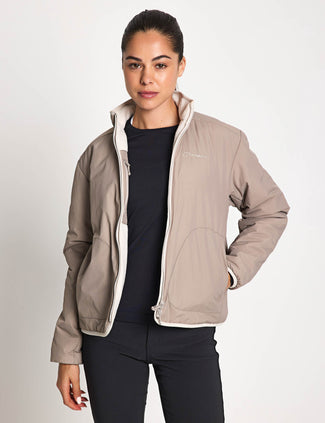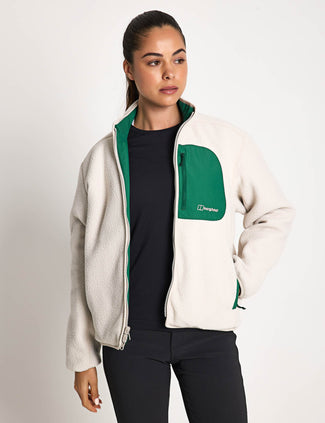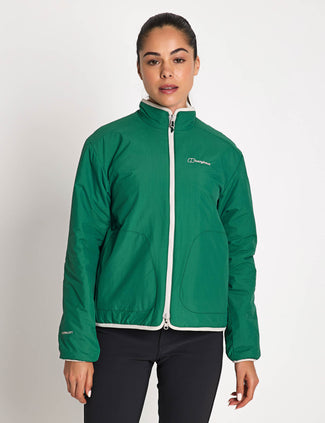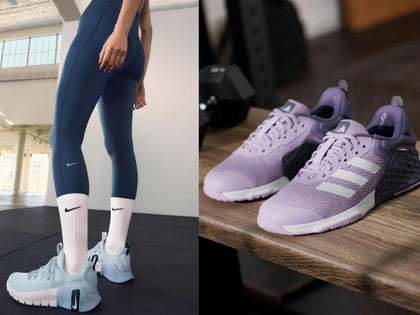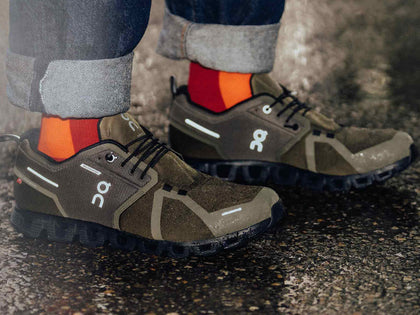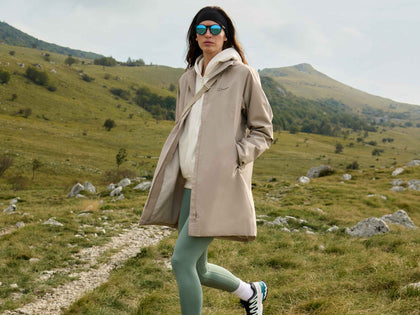
You are probably here because you are curious about starting yoga. And curiosity is a good place to start. Maybe your colleague is always talking about how yoga changed their life, or perhaps your doctor suggested you take it up for your back pain.
One of the greatest things about cultivating a regular yoga practice is that you can tailor it to meet your own unique needs. Because the benefits of yoga go far beyond making pretty shapes in photographic places.
Yoga is for everyone
Yoga is for you whether you are old or young, fit or unhealthy, stressed or lacking in motivation. It can help you to de-stress, tone up, or simply age proof your body and mind. It teaches you how to move, breathe and think with ease. It also provides you with a guide for living your life off the mat - helping you to improve your relationships, enhance your productivity and gain resilience for all that life can bring.

But, where to begin? With so many types, styles, classes, teachers and ‘noise’ around yoga it can be hard to just.get.started. Here we explain how easy it can be for anyone to reap the rewards. You don’t need fancy leggings, two hours a day or flexibility. Just bring that curiosity with you and see what yoga can do for you.
How to start yoga
You really don’t need much to get started. A good quality mat and a comfortable outfit is all that’s needed. Of course, you might choose to have a couple of yoga blocks or a strap handy to help you on your way - but most studios will be well equipped with everything you need to practice safely.
Best yoga for beginners
Many styles of yoga can be adapted for beginners, so if there is a type you are keen to try - do approach a teacher to see if their class is suitable for you. But generally speaking, hatha yoga is a great starting point for most newbies.
Here you can get familiar with the most common yoga poses, learn safe alignment and basic breathing practices (pranayama). A well planned hatha class will introduce you to the basic concepts of a yogic lifestyle and will help you to develop resilience in both body and mind.

Props can easily be used to make these poses work for you, and there are many beginner hatha yoga courses available both in person and online.
From here, you might consider what your goals are for your yoga practice. If you want to build strength and fitness then a beginners orientated vinyasa flow might be the way to go. Equally, if you are overworked and under slept then why not try a restorative class where you can enjoy the peace and quiet you crave.
Reasons to start yoga
- Yoga can enhance your cardiovascular health by improving heart rate variability
- Yoga can reduce symptoms of the menopause, including hot flashes
- Yoga can reduce anxiety, improve sleep scores and help with PTSD
- Yoga can support your digestive health, your immunity and your hormones
Key yoga postures for beginners
It can be intimidating to turn up to a class and not have a clue what to expect. But the good news is most beginner (and general) classes will include the same key postures. Below are some of the poses you can expect to encounter - you can also practice these at home in your own time.
Keep in mind that the main factor separating yoga from stretching is the focus on your breath. You will learn to synchronise the breath with each movement to gain all the additional benefits of your practice.
Cat/ Cow
You will probably take a few rounds of cat/ cow during your warm up. This combination of two simple poses is great for increasing the mobility of your spine, can reduce back pain and reduce stress.
- Start from a kneeling all fours position, with your shoulders over your wrists and your knees over your hips. Keep your spine neutral
- As you inhale drop your belly and lift your chest - looking upwards
- As you exhale start to round your spine, bringing your chin towards your chest
- Move slowly between these two positions - connecting the movement with your breath

Child's pose
This is definitely easy yoga at its finest. A commonly used rest pose, child's posture is a great way to release tension in the back, allow your body to rest and restore, whilst encouraging deep belly breaths.
- From all fours, start to sink your hips back towards your heels, keeping your knees around a mats width apart
- Rest your belly between your legs and breath deeply
- You can either stretch your arms out in front of you for an active position, or release your arms alongside your body for a more restorative pose

Downward facing dog
You will probably have heard of the down dog pose. After all it is usually the poster child for yoga. And you will likely experience it multiple times in each and every yoga class you take. Downward facing dog can be a beneficial yoga pose in its own right, but it also serves as a transitional pose during sequences (a connection of poses strung together).
- From all fours stretch your arms out in front of you, spreading fingers wide
- On an exhale, lift your knees off the floor and straighten your legs
- Send your weight back into your hips, creating a v shape
- Don’t worry about whether your heels touch the floor or not, just focus on drawing your shoulder blades away from your ears

Mountain pose
Another essential pose for beginners, mountain pose teaches the correct physical alignment when standing up. This serves as the foundation for all other standing yoga poses. Mountain pose is also used a lot during common yoga sequences such as sun salutations.
- Working from the feet up, inhale and lift your toes off the floor, as you exhale see if you can spread them all down separately on your mat
- Engage your thigh muscles, tuck your belly lightly in towards your spine and gently tuck the tailbone under you
- Relax your shoulders, slightly tuck the chin in, and imagine you had an invisible thread from the crown of your head up to the ceiling - giving you length through the back of your body

Easy sitting pose
You can use this position to help you practice your deep abdominal breathing, try a meditation or mindfulness technique, or to prepare for other seated yoga poses. Whilst this pose comes easily to some, for others, their body is more comfortable when using props for support.
- Try sitting on the edge of a blanket to begin with
- Stretch your legs out in front of you and then cross them at the shins, with each foot beneath the opposite knee
- Rest your hands in your lap and maintain an upright spine
- Breathe slowly and easily

Corpse pose
Although this pose looks the easiest physically, for many of us, it can be the hardest mentally. Yoga is as much what we let go of as what we hold onto, and corpse pose is the perfect place to practice complete mind and body relaxation. You will come into corpse pose at the end of your practice, to help the benefits of the class sink in. You can also use this pose to experience the wonderful healing technique of yoga nidra - a form of yogic sleep.
- Lie comfortably on your back with your arms and legs away from your body
- Slightly tuck your chin in to lengthen the back of your neck
- Let go of any conscious effort in your muscles - relaxing your body from head to toe
- You might like to use a blanket to stay cosy and an eye pillow to help your mind relax.

How to access yoga
Another great aspect of yoga is that it can be practiced literally anywhere, from your living room floor to your office desk, your local park to your bed. Yoga is now more accessible than ever before.
There are now so many great apps and other online platforms offering a huge selection of high quality yoga classes. Whilst many people come to love the peace and tranquility of a yoga studio, many more relish the opportunity to practice as and where time allows.
Yoga for beginners online
Here we reveal some of the best ways to access yoga online as a beginner. You might choose to try out some of the great offerings of yoga for beginners on YouTube, or you may prefer to check out one of the many yoga apps now available. Either way, getting online can be one of the easiest and quickest ways to get started on your yoga journey.
Yoga for beginners on Youtube
We know that YouTube can sometimes be a bit hit and miss. But when it comes to yoga videos for beginners, you are really spoilt for choice.
Yoga with Adriene
Adrienne’s selection of beginner friendly yoga classes have made her a YouTube superstar. She produces high quality content, with a fun and friendly approach that leaves many viewers coming back for more. Her classes are safe and inclusive and cover themes ranging from morning yoga to yoga for PMS. She reminds us that yoga can be fun, and that we can get all the benefits without taking it, or ourselves too seriously.
Breathe and Flow
Breathe and Flow are a Canadian/ German couple who promote yoga as a way of life. They offer a wide range of classes designed to strengthen, and destress, with many of their offerings being beginner friendly. For those curious about the yogic lifestyle in general, they also provide some great inspiring and accessible content.
Best yoga apps for beginners
A super easy way to get started is to use a well designed yoga and lifestyle app. Many of these are free, and offer a range of classes with varying lengths and difficulty. Here are two we rate:
Yoga for Beginners - Mind & Body
This top rated yoga app allows you to develop your yoga practice in as little as ten minutes a day. The app aims to give you all the best yoga can offer, from increased balance, improved flexibility and stillness of mind. With beginner focused sessions you will feel safe and supported in your practice.
Insight Timer - Yoga + Meditation App
You can consider the insight timer your one stop shop for all your beginner yoga and meditation needs. You can enjoy a range of classes, including yoga nidra, loving kindness meditation, and sleep support. Their range of yoga classes is constantly expanding with unique offerings from a range of international teachers. For a small fee you can also join one of their ongoing courses. Much of their content is free, including the ‘timer’ function which you can use to support a meditation practice.
10 minute yoga for beginners
-
Sitting in easy pose take ten deep breaths in and out through your nose - sending the breath down into your belly
-
Take a twist - inhale and reach your arms over your head, palms together. On an exhale bring your left hand to the floor behind your back and rest your right hand on your knee. Inhale to lengthen the spine and exhale to twist deeper. Repeat on the other side
-
Seated cat cows - inhale to open your chest looking up and exhale to round your spine, chin to chest
-
Child's pose - come to all fours and sink your hips back towards your heels. Stretch your arms out in front of you and breathe deeply into your belly
-
Down dog to forward fold - from all fours, stretch your arms in front of you and inhale to lift your knees, straighten your legs and take five full breaths in downward dog. From downward dog, walk your feet forward to your hands at the front of your mat. Relax your arms and bend your knees if you need to
-
Mountain + side stretch. Inhale to roll yourself up to stand bringing your head up last. Find your mountain pose with your hands in prayer at the centre of your chest. From here inhale and reach your arms over head - with your palms pressing together gently stretch to one side as you exhale. Inhale through the centre and exhale to the other side.
-
Bridge pose - slowly make your way down onto your back. Keep your knees bent and walk your heels in towards your body. With an inhale start to peel your hips away from the floor. Keep your knees hip distance apart. Inhale and lift your arms over your head behind you for a chest stretch. As you exhale slowly lower yourself down to the floor, bringing your tailbone down last.

- Corpse pose - allow your body to grow heavy, lying flat on the floor with your arms and legs out to the side. Relax your body and let your mind settle on the breath. Hold for 4-5 minutes if time allows.






